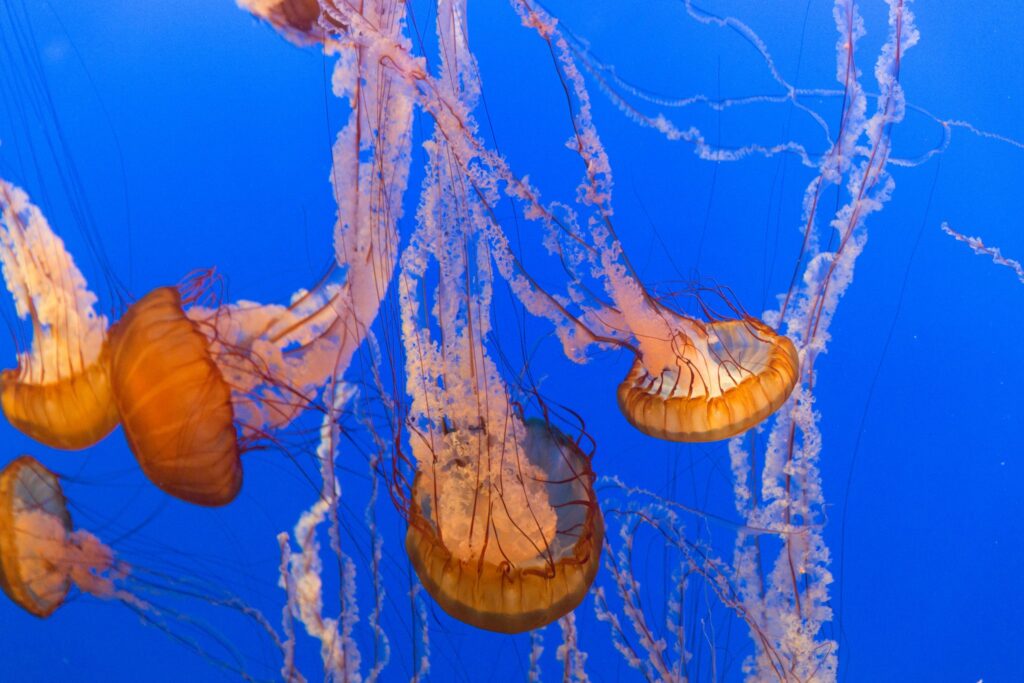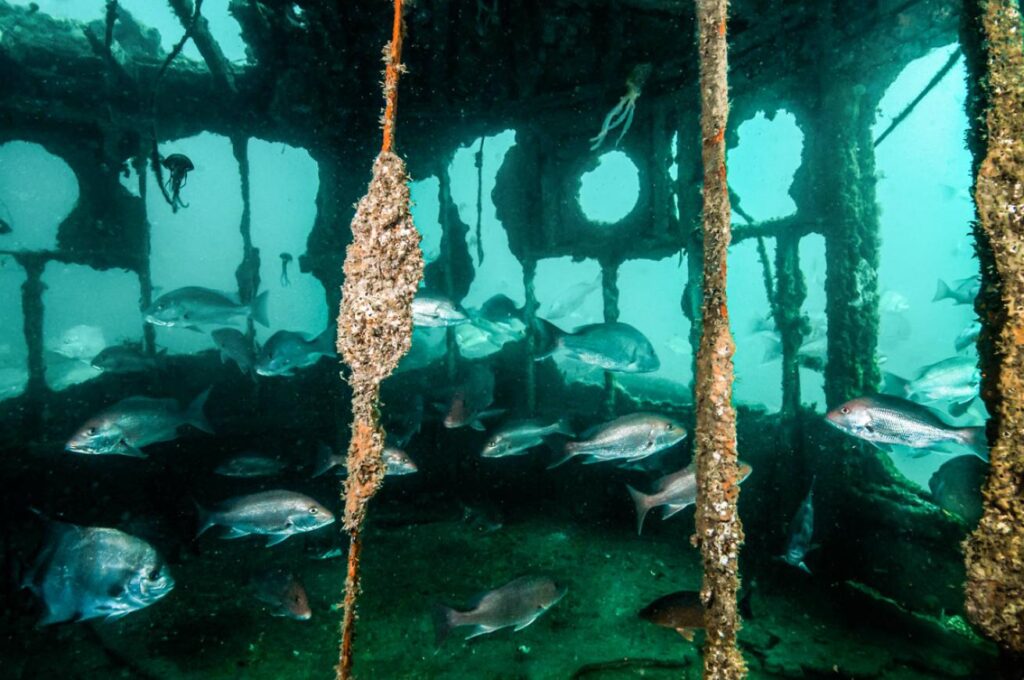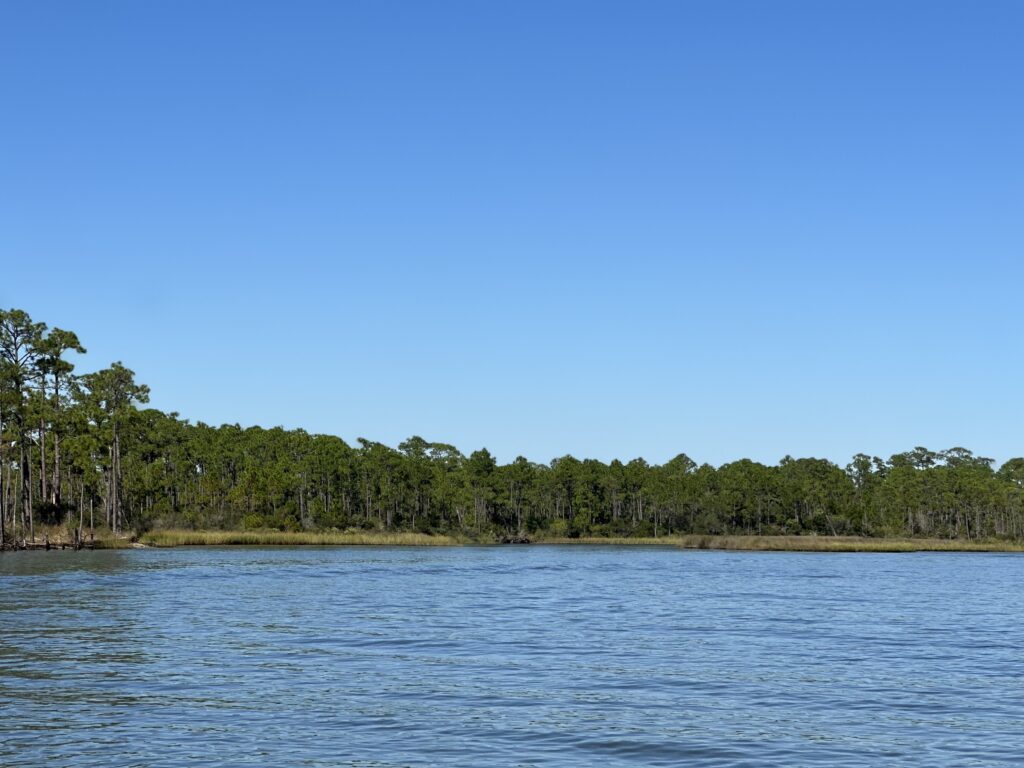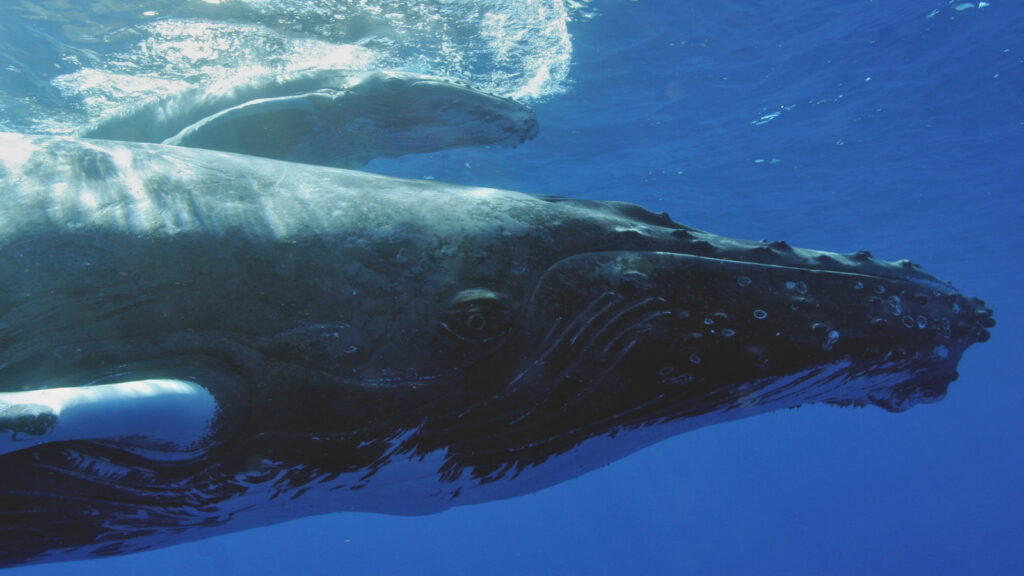Exploring Jellyfish in Coastal Alabama: A Guide to Understanding and Safety

The Gulf Coast of Alabama is renowned for its stunning beaches, vibrant marine life, and recreational opportunities. One intriguing aspect of this coastal environment is its diverse array of jellyfish species. These fascinating creatures, with their ethereal beauty and unique behaviors, play a significant role in the marine ecosystem. In this blog post, we’ll delve into the jellyfish species commonly found along Alabama’s coast, their behavior, and essential safety tips for beachgoers.
A Glimpse into Coastal Alabama’s Marine World
Coastal Alabama boasts an array of marine habitats, from sandy shores and estuaries to the deeper waters of the Gulf of Mexico. This diversity creates a welcoming environment for various marine species, including jellyfish. Jellyfish are gelatinous animals known for their bell-shaped bodies and stinging tentacles. Although they may seem simple, they have a complex life cycle and play a crucial role in the marine ecosystem.
Common Jellyfish Species in Coastal Alabama
When you’re enjoying a day at the beach or exploring the waters off the coast of Alabama, you might encounter several jellyfish species. Let’s take a closer look at some of the more common ones you’re likely to see.
Moon Jellyfish (Aurelia aurita)
One of the most frequently encountered jellyfish in Coastal Alabama is the Moon Jellyfish. Characterized by its translucent, bell-shaped body, the Moon Jellyfish can appear with a bluish or pinkish tint. This species is relatively mild in its stinging capability, which means it’s less likely to cause serious harm to humans.
Moon Jellyfish thrive in coastal and estuarine environments, making them a common sight in Alabama’s waters. Their gentle sting might cause a slight irritation or redness, but it is usually not severe. This species feeds primarily on plankton and small fish, contributing to the delicate balance of the marine food web.
Cannonball Jellyfish (Stomolophus meleagris)
Another notable jellyfish in Coastal Alabama is the Cannonball Jellyfish. With its round, dome-shaped bell and often bluish or purplish hue, the Cannonball Jellyfish is easily recognizable. This species is relatively abundant in the Gulf of Mexico and often seen around Alabama’s coastal waters.
Cannonball Jellyfish are known for their less painful stings compared to other jellyfish. They play a role in the marine ecosystem by consuming small fish and plankton. Their presence can sometimes indicate the health of the local marine environment.
Sea Nettle (Chrysaora spp.)
Sea Nettle Jellyfish are also found in Alabama’s coastal waters. They feature a bell-shaped body with long, trailing tentacles that can vary in color, ranging from yellow to brown. Sea Nettles are common in both coastal and estuarine environments.
The sting of a Sea Nettle can be more noticeable and may cause mild to moderate discomfort. While their sting is not usually life-threatening, it can lead to temporary redness and irritation. Sea Nettles contribute to the marine food web by preying on smaller organisms.
Upside-Down Jellyfish (Cassiopea spp.)
The Upside-Down Jellyfish is another interesting species you might encounter. As the name suggests, this jellyfish often lies on its back, with its tentacles facing upwards. It is commonly found in shallow, warm waters and estuarine environments.
This species has a milder sting compared to others, but it is still wise to avoid direct contact. Upside-Down Jellyfish primarily feed on plankton and small fish, playing a role in the local marine ecosystem.
Less Common Jellyfish Species in Coastal Alabama
While the species mentioned above are relatively common, there are other jellyfish that, while not as frequently encountered, are still worth noting.
Lion’s Mane Jellyfish (Cyanea capillata)
The Lion’s Mane Jellyfish is more often found in cooler waters but can occasionally be spotted in the warmer waters of the Gulf. Known for its impressive size and long, flowing tentacles, this jellyfish is a striking sight.
The sting of a Lion’s Mane Jellyfish can be quite painful and may cause severe reactions in some individuals. Although rare in Alabama’s waters, it’s important to be aware of its presence and handle with care if encountered.
Box Jellyfish (Cubozoa)
Box Jellyfish, including the notorious Sea Wasp, are generally found in tropical regions. They have a distinctive box-shaped bell and long, stinging tentacles. In Alabama, sightings are rare, but they can occasionally drift into the Gulf.
The sting of a Box Jellyfish is extremely venomous and can cause serious health issues. If you suspect you’ve been stung by this type, seek medical attention immediately.
Red Tide Jellyfish (Polyorchis penicillatus)
The Red Tide Jellyfish is associated with red tide events and is sometimes seen in coastal areas affected by these blooms. While not a common sight, it is important to be aware of its presence during such events.
Their sting is generally mild but can cause irritation. Red tide jellyfish serve as an indicator of the environmental conditions associated with red tide phenomena.
Understanding Jellyfish Behavior and Blooms
Jellyfish behavior and population dynamics can be influenced by various environmental factors. Warmer water temperatures, increased nutrient levels, and changes in ocean currents can lead to jellyfish blooms. These blooms can have significant impacts on local ecosystems and human activities.
Seasonality and Environmental Impact
In Coastal Alabama, jellyfish populations tend to increase during the warmer months. Blooms can affect local fisheries, clog fishing nets, and create challenges for beachgoers. Understanding the factors that contribute to these blooms can help in managing their impacts.
Jellyfish play a critical role in marine ecosystems. They are both predators and prey, affecting the populations of small fish and plankton. Additionally, they contribute to nutrient cycling within the ocean.
Safety Tips for Beachgoers
Encountering jellyfish while enjoying the coast can be an exciting yet potentially hazardous experience. Here are some essential safety tips to keep in mind:
– Avoid Direct Contact: Even if a jellyfish appears to be dead, its tentacles can still sting. Avoid touching or stepping on jellyfish washed ashore.
– Stay Informed: Pay attention to local beach advisories and reports about jellyfish sightings and blooms.
– Rinse Stings with Vinegar: If stung, rinse the affected area with vinegar to neutralize the venom. Avoid using fresh water, which can exacerbate the pain.
– Seek Medical Attention: For severe stings or if you experience a significant reaction, seek medical attention immediately.
Jellyfish are an intriguing part of the marine life along Coastal Alabama. From the common Moon Jellyfish and Cannonball Jellyfish to the less frequent Lion’s Mane and Box Jellyfish, these creatures add to the diversity and complexity of the Gulf’s marine ecosystem. By understanding their behavior, seasonal patterns, and safety precautions, you can enjoy the beauty of Alabama’s coast while minimizing the risks associated with these fascinating animals.






Your point of view caught my eye and was very interesting. Thanks. I have a question for you.
Your point of view caught my eye and was very interesting. Thanks. I have a question for you.
Can you be more specific about the content of your article? After reading it, I still have some doubts. Hope you can help me.
Thanks for sharing. I read many of your blog posts, cool, your blog is very good. https://accounts.binance.com/en-IN/register?ref=UM6SMJM3
Thanks for sharing. I read many of your blog posts, cool, your blog is very good.
Thanks for sharing. I read many of your blog posts, cool, your blog is very good.
Thanks for sharing. I read many of your blog posts, cool, your blog is very good.
It’s an awesome paragraph designed for all the web people; they will get benefit from it I am sure.